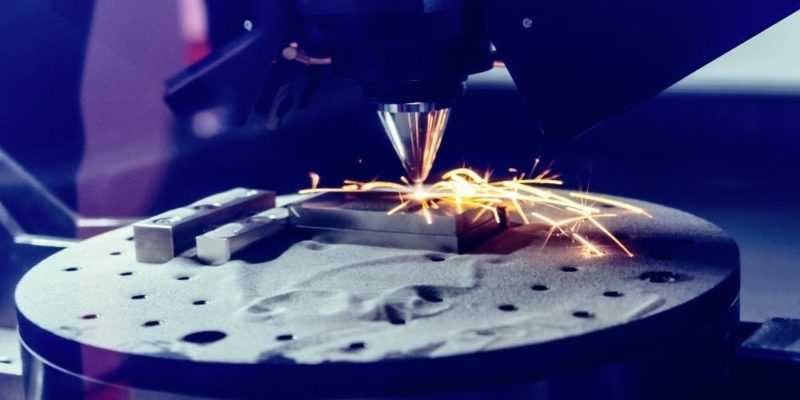Not too many years ago, metal additive manufacturingwas something for the engineers to play with in their labs. It was good for making prototypes, but that was about it. The idea of additive manufacturing of metal parts was a dream, nothing more. But now, additive manufacturing, especially for metals, has gone mainstream; providing design and manufacturing possibilities never seen before. As designers continue to stretch the envelope, we can expect to see this increase even more.
Additive manufacturing allows engineers and designers to explore design options that are impractical with subtractive manufacturing processes. Since material is added, rather than removed, the key to effective design is to minimize the amount of material added, without reducing strength. This provides for lighter parts than are typically produced by subtractive manufacturing, as well as smoother, more aesthetically pleasing designs. There are three basic advantages of metal additive manufacturing over other manufacturing techniques:
- The cost per part is the same, regardless of the quantity produced. Additive manufacturing techniques are largely automated, eliminating much of the higher overhead associated with small parts runs.
- Complex parts are not more difficult to manufacture than simple parts. The methodology of additive manufacturing is the same for a simple part as it is for a complex one, allowing designers to put functions and design into parts, which were previously impractical.
- Because additive manufacturing is independent of specific machine processes, it is possible to design and manufacture parts which couldn’t be made before, adding aesthetics to many otherwise dull parts.
These advantages exist, regardless of the additive manufacturing method used. Currently, there are three different metal additive manufacturing methods available:
- Laser-based powder bed additive – The process of sintering metal particles together through the heat produced by a laser. The powdered metal is in the bed and the laser heats it to sinter it there.
- Metal jetting technology – The process of building by laying down thin layers of photosensitive metal and solidifying it. The powdered metal comes through the nozzle, being melted and added to the forming part.
- Furnace infused alloy – A process by which powdered metal particles are bound together by a liquid binding agent.
In allthese technologies, the metal layers can be as thin as 0.1 mm and range up to as much as 5 mm with some of them. Actual layer thickness is determined during the part design process, with the intent being printing of the part the most efficient way possible. Extreme accuracy is possible with all three methods but requires building the part with thinner layers.













